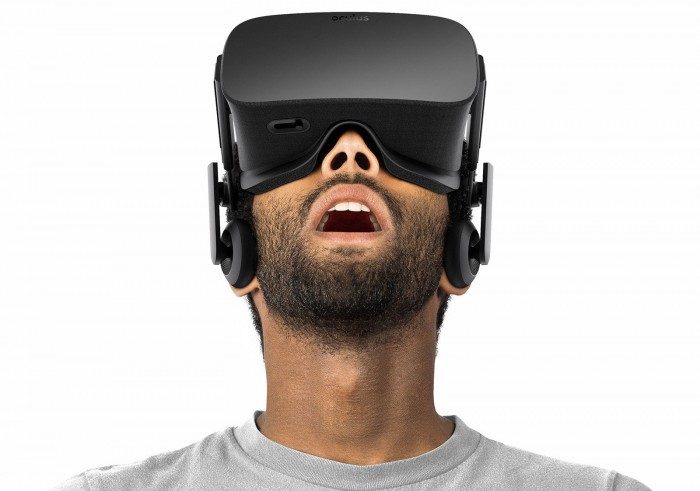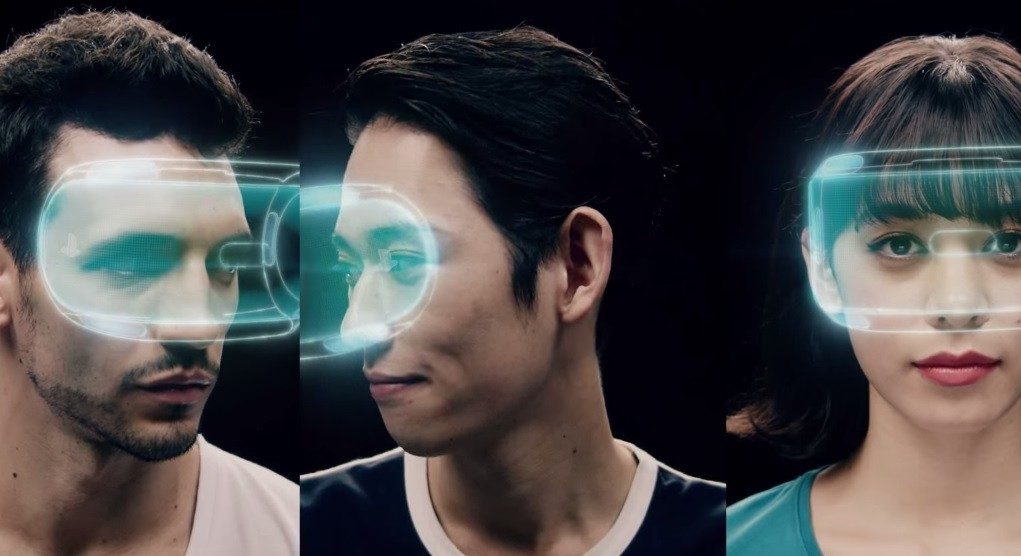In the second of a new regular series of reports, Noah Nelson looks at virtual reality’s rocky road ahead as the VR industry grapples with the unenviable task of convincing a cynical world, beyond the enthusiasts, that virtual reality is here, it’s going to work and that it really matters.
 Noah Nelson (@noahjnelson) is the head writer of Turnstyle News, a public media website that covers tech and entertainment, and a project of the Peabody Award winning Youth Radio.
Noah Nelson (@noahjnelson) is the head writer of Turnstyle News, a public media website that covers tech and entertainment, and a project of the Peabody Award winning Youth Radio.
The Proto Awards are coming up next week. For those of you don’t know what the Proto’s are they’re the awards given out by the Virtual Reality Foundation. That’s the folks who put on the VRLA Expo. Which means it’s an award show, in Los Angeles, a town known for award shows. One that happens to be exclusively focused on VR.
As part of the run-up to that I’m doing a series of interviews with the founders of the VRF, and in each of those interviews I’ve been asking them whether or not they think the hype train for VR has gotten out of ahead of the reality of VR.
Now because all of us here are virtual reality enthusiasts to one degree or another you might imagine the answers are going to be pretty rah-rah simple. After all, if you’re reading this chances are that you believe in the viability of the virtual reality market in the near future. And if you’re the members of The VRF you’re counting on it.
Between my interviews with The VRF board members and other attendees at VRLA a fairly sober longview emerges.
Adam Levin, The VRF’s CEO, told me that the necessary next step for VR is going to be ease of use. As he put it his mother “doesn’t know how to update her runtime.”
The mass market takes plug-and-play standards for granted. Those of us who remember the PC boom in the 90’s also remember how big of a deal plug and play was. That little innovation, humble as it was, opened up the way for millions who otherwise might have just kept staring at the clocks on their VCRs.
The consumer technology market is far more robust now than it was 20 years ago, but that strength is built on the back a lot of hidden tech. It’s also built with the assumption these things are just supposed to work. For better or worse that’s the idea that Steve Jobs drilled into the mass market’s head and it sure as hell stuck.
But we know this.
It’s not the developers and the early adopters who need to be convinced that VR is the next big thing. Nor do we need to be reminded that it will have to be as easy to use as turning on an iPhone for the first time. In our bones we know that’s how it has to be.
The question is how long is it going to take before that is the reality? What’s the shape of this market after the Oculus launches? After the newly rechristened PlayStation VR starts being plugged in to PS4s in college dorms and family rooms?

The development of this market, which is a parallel track to the development of this technology, will depend upon a clear narrative for consumers to understand. This is about more then the killer apps, or the best field of view. This is about grasping ahold of this incredible open hardware development phenomenon we’ve had the chance to experience these past few years and turning that into just the prologue for the immersive revolution to come.
And I’m not just concerned about moms and dads making purchasing decisions for their families, I’m also concerned with tech savvy skeptics who think that VR is just the latest version of 3-D TVs. If we apply Hollywood blockbuster mentality to the product launches of the Rift or the Vive—really of any of the HMD’s—we’re almost guaranteeing a wave of negative press.
Because media stories require conflict. They require upstarts and comeuppance. Shooting stars and schadenfreude. In the old days we would’ve said that drama sells papers, now we’re familiar with the idea that conflict gets clicks.
But the truth is that the immersive revolution is so much bigger then just this first wave of HMDs. Virtual Reality and Mixed Reality computing shouldn’t be measured against the explosion of the smartphone market, it’s too big of a paradigm shift. This analog is the PC market of the 70s and 80s. When the Wild West of home-brew systems were turned into a real market. One that only matured in the 90s, right in time for the Internet boom that made PCs indispensable.

In 10 years time the devices we use to access immersive content will switch seamlessly between VR and AR modes. The intimacy that these technologies create have the potential to connect people not only in ways that at the moment are only capable in physical space, but to go beyond even that. To invite us to embrace each other’s perspective not just in a literary or dramatic sense but in a visceral one.
Right now it requires a certain kind of imagination to see this.
Even if you’re strapped up into one of Nonny de la Peña’s immersive journalism pieces there’s still the need to surrender disbelief. That’s required in order to experience the human drama illustrated with game engine visuals. Those limits will fall. The advances in light field capture pretty much guarantee that. But they won’t fall before the first consumer wave of products hits shelves.
Hardware makers, software developers, and early adopters alike are wise to adopt the long view now. To keep talking now about the surprising ways that the technology is maturing and about how much farther it has to go. Framing the next year as Chapter One in the story, and not as the grand finale.








